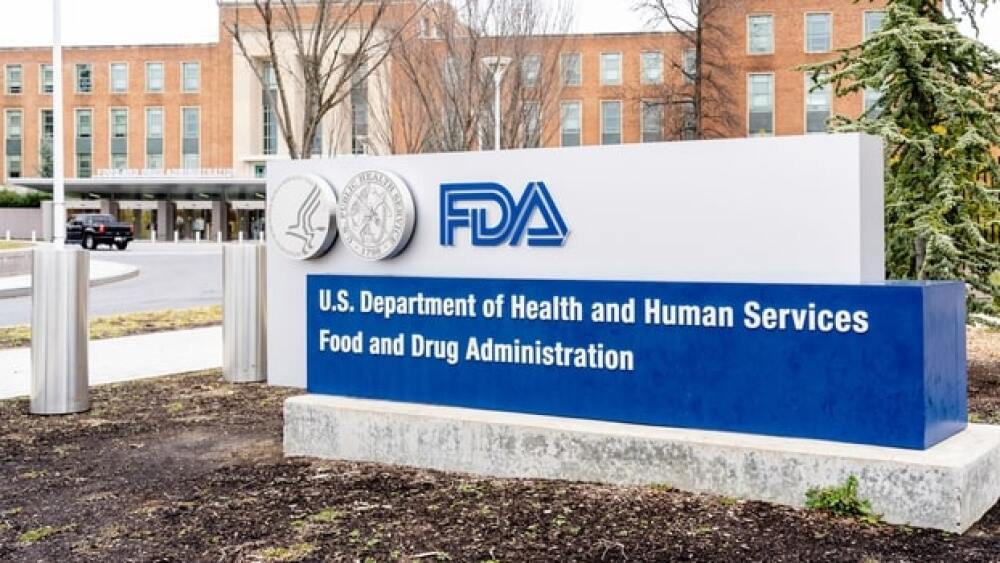Acting FDA Commissioner Janet Woodcock shared her thoughts on pandemic issues and outlined FDA modernization plans in a recent Q&A session with the Alliance for a Stronger FDA (Alliance).
Tom Williams/CQ Roll Call
The U.S. Food and Drug Administration (FDA) embarked on a data and IT infrastructure modernization program before COVID-19 hit. Although the pandemic shifted priorities, modernization remains an urgent and growing need. Data and infrastructure modernization, in fact, is critical to maintaining and expanding the Agency’s status as the world’s regulatory gold standard.
Acting FDA Commissioner Janet Woodcock shared her thoughts on pandemic issues and outlined FDA modernization plans in a recent Q&A session with the Alliance for a Stronger FDA (Alliance).
Question: What are your goals for data and infrastructure modernization?
JW: We’re trying to develop an enterprise-wide platform and common data storage standards so systems can talk together and, therefore, exit siloed platforms.
Technological modernization is a painful subject. We have very high-cost systems with (poor) returns on investment. Many are legacy, built-for-purpose systems that don’t talk to each other and cost a tremendous amount in terms of maintenance. Some are so old they are no longer supported by their vendors.
We need to build enterprise-wide platforms from off-the-shelf technology, and transition everything – including all our databases – to these platforms. To do this, we need an enterprise-wide strategy. We don’t necessarily need the same systems, but we do need data compatibility. Everyone in the Agency understands this. We can’t continue as we have.
Question: Are you staffed at a level to carry out critical health missions?
JW: That depends on how thoroughly you carry out that mission. For example, we’ve been criticized on our ability to conduct foreign site inspections even before COVID-19. It’s a sliding scale, given our resources. The 21st Century Cures Act helped in hiring and retaining personnel in medical product areas.
Question: What about artificial intelligence? Will it be transformational?
JW: Yes, but first you need data AI can work with. Getting that (hinges on) data modernization that will enable modern analytics that can help identify targets, for example.
Question: Where are some of the greatest needs?
In pharma, cell and gene therapy has the most pressing resource need. That field will explode, and people with rare and genetic diseases and cancer will benefit. These programs are more complex than (traditional) drug discovery programs. To staff them at a level comparable to drug discovery programs, we need to significantly increase the workforce.
Question: Will new centers of excellence for neuroscience and rare diseases be beneficial or redundant to existing centers?
JW: We are exploring the possibility of other centers of excellence, but the Agency is under so much stress now… Adding new centers could take a few years to put in place, and then you have to socialize them so everyone knows how to work with those systems. We have a wall of work in front of us, so we are avoiding disrupting things right now.
Question: There’s a perception that some drug reviews are being delayed, some accelerated approvals are receiving a second look, and flexibility is inconsistent regarding clinical trial evidence. Is the FDA taking a more stringent approach to reviews?
JW: I don’t think so. What’s happening is that science is moving drug development into fields that typically haven’t seen advances like we’ve seen in cancer, so some adjustments must be made.
Question: What’s the role of advanced and continuous manufacturing in shortening supply lines?
JW: Advanced and continuous manufacturing can be done in the U.S. for active pharmaceutical ingredients (APIs), but intermediates are a different issue. They are made around the world, and that will be important even with a U.S. manufacturing base.
Question: How can the FDA improve in terms of diversity and service to communities of color?
JW: The FDA is extremely diverse for a scientific workforce. Regarding clinical trials, it’s not enough to say we have X participants. We need to have research in those (underserved) communities so (physicians) can conduct research and (patients can) enroll in their own communities without having to leave. In cancer, the opportunity to participate in a clinical trial may be someone’s one chance to get an advanced therapy, so not offering clinical research in those settings is wrong. We will see big progress in this, in communities where trials typically are not conducted.
Question: How will the FDA use the $500 million it received from the COVID-19 relief bill?
JW: There’s a lot of surveillance that needs to be done in the premarket area across devices, drugs, biologics, and vaccines. We have issued guidance on variants affecting these areas, but we also need more visibility into the supply chain. The supplemental budget will help with that, and with investments in advanced manufacturing to address shortages and support surge capacities. The FDA also needs a recovery plan to address inspections that have been delayed during the pandemic.
Question: What are the FDA’s long-term budget priorities?
JW: Resources are strained across the agency, so our goal is to improve efficiency and have adequate resources for programs to support public safety and health, including IT infrastructure and data modernization. The budget has not kept pace with demands. We have inflationary costs on the payroll and capital sides, as well as the deterioration of facilities that need to be upgraded.
Question: How can the FDA do better now, and five years from now?
JW: We’re better leveraging data. We’re compiling (pandemic) lessons learned for therapeutics across all government sectors to identify more efficient methods and to construct better, faster-responding infrastructure. We can always do better.
Remote clinical trials are here to stay. We started working on adaptive trials and the use of real-world evidence before the pandemic. We can’t implement all the recommendations right now – we’re still in the pandemic and have to recover – and some recommendations require more public input and discussion before going forward.
Five years on, we see increased scientific sophistication for all areas, with the increased use of data, movement to cloud computing, and the automation of many scientific tasks. That will lessen ‘busy work’ and help them rise to new challenges.






